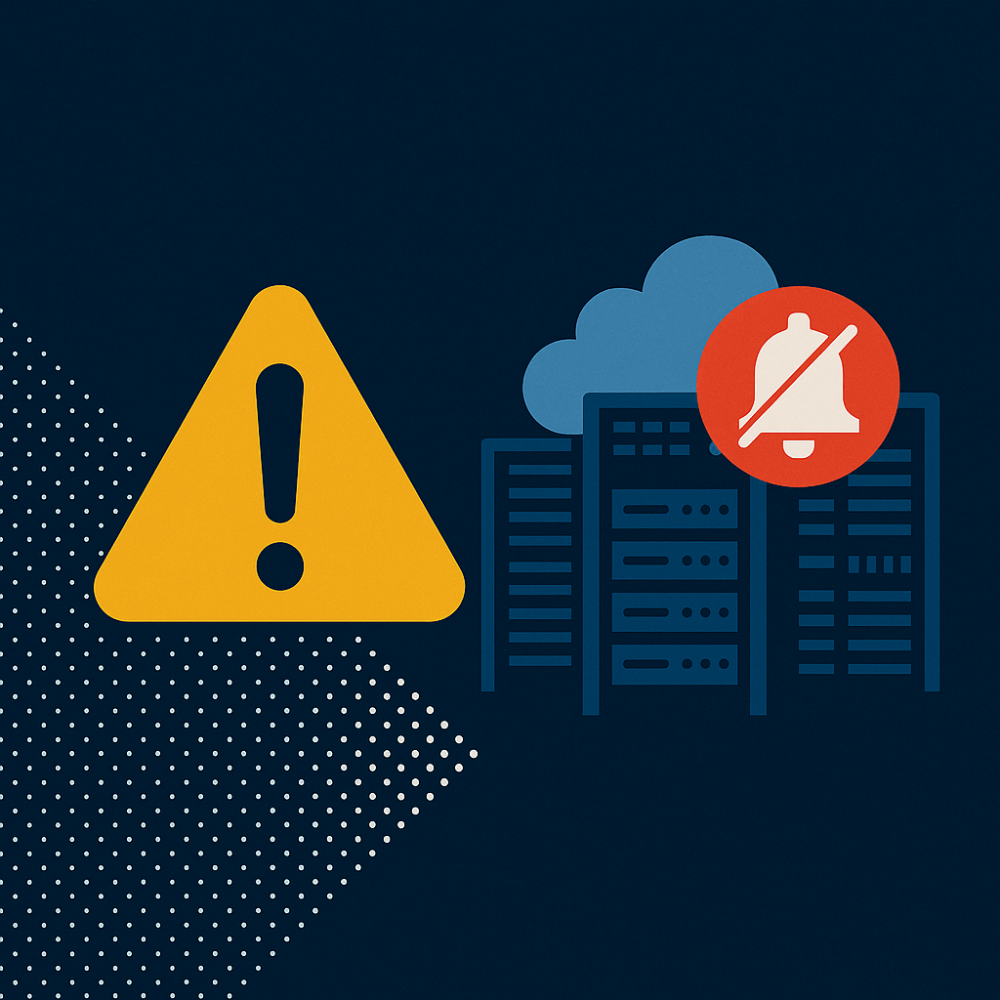Colocation data centers have seen tremendous growth as they’ve emerged as an economical alternative to establishing private data centers. The conventional wisdom, supported by the US Chamber of Commerce (PDF) stating that building a private data center costs an average of $215.5 million US, has been reinforced by the escalating maintenance and upkeep challenges, intensified by supply chain disruptions and workforce shortages.
In the face of these challenges, the data center market remains fiercely competitive for prospective investors. However, a profound understanding of the underlying costs is imperative for anyone venturing into this realm, and to optimize returns on data center management investments, executives need to meticulously gauge both CapEx and OpEx expenditures.
CapEx vs OpEx
Capital Expenses (CapEx)
Data Center Capital Expenses, or CAPEX, pertains to the expenses incurred in procuring, enhancing, or upgrading fixed and long-term assets. This encompasses acquiring or erecting new facilities, IT infrastructure, technological upgrades, equipment investments, software acquisitions for internal usage, research investments, and other long-term procurement. These capital expenses in data centers typically account for the largest up-front investment in infrastructure, yet are only one piece of the total cost equation.
Operating Expenses (OpEx)
Data Center Operating Expenses (OpEx) encompass the day-to-day operational costs of running a facility. This includes employee remuneration (including benefits), rental and utility expenses, administrative overheads, monitoring, maintenance, capacity planning, fuel, utility, landscaping, security, and other expenses.
A recent Data and IT Spending Survey conducted by the Uptime Institute predicted that a majority of colocation operators would experience amplified data center costs in 2023, an upswing notably linked to incorporating:
- Uninterruptible power supply (UPS)
- Diesel generators and heating systems
- HVAC (Heating, Ventilation, and Air Conditioning) units
- Wiring and cabling
- Storage and networking equipment
Let’s delve into strategies that data center executives can adopt to enhance the efficiency and sustainability of both OpEx and CapEx.
1. Cost Per Megawatt
Data center executives pivot their operational decisions on the bedrock of cost per megawatt, measured as dollars per megawatt hour (mWh). This metric not only informs executives about the pricing they can extend to tenants while ensuring revenue generation, but it also forms the linchpin for CapEx cost considerations. Contemporary executives are increasingly embracing digitization to comprehensively understand their projected capital expenditures. However, this exercise hinges on the availability of clean and dependable data to ensure accurate decision making.
Conversely, OpEx costs tied to cost per megawatt are often challenging to forecast. To combat this, data center executives must explore avenues to fine-tune operational and management outlays. Executives need a digitized, automated and unified system to efficiently compute the cost per megawatt, alleviating the laborious process of data collection.
Organizations looking at data center cost optimization strategies must be able to measure and benchmark both CapEx and OpEx metrics in real time. This reduces guesswork and enables smarter decisions that ultimately minimize data center operational costs.
2. Navigating Utility Costs
Electricity costs can vary substantially, influenced by geographical location and fluctuating fuel prices. The Uptime Institute 2023 Data and IT Spending Survey revealed that utility costs are further compounded by mounting regulatory pressures to curtail energy consumption and embrace eco-friendly practices. McKinsey’s analysis predicts that data centers’ power consumption rates, measured by the number of servers they can accommodate, are set to surge to 35GW by 2030. This marks a significant uptick from the 17GW demand recorded in 2022.
Data center executives can abate their OpEx outlays by assessing their center’s Power Usage Effectiveness (PUE), determined by dividing the total amount of power used by a data center by the power used to run its servers and IT equipment. This evaluation aids in identifying pragmatic strategies for cost reduction while affording operators deeper insights into their ecological footprint.
Given that power is a major driver of data center operating cost breakdowns, reducing PUE through better energy management directly contributes to reducing data center operational costs and improving sustainability metrics.
3. Proactive Incident Prevention
Incidents happen, and they can be minor, major, or critical. The type of incident determines the priority, escalation, notification or resolution that executives and operators need to follow. Unexpected disruptions such as a work-related injury, chemical spill, power outages, network failures, security breaches, or human errors can significantly impact seamless data center operations. The Uptime Institute reported that 31% of data center managers surveyed reported an outage last year. That same survey reported that 80% of respondents believed their incidents were preventable. Among the most common causes of downtime?
- On-premises power failures (33%);
- Network failures (30%); and,
- Hardware and software errors (28%).
Astonishingly, 43% of these outages are categorized as ‘significant’ by data collection agencies. The repercussions of outages transcend financial losses, as evidenced by a 2019 automatic power shutdown at Wells Fargo’s data center, which dealt a substantial blow to the institution’s reputation. Besides having financial and data availability, performance, and reliability consequences, it could significantly impact the repute of the colocation tenants. And when things go wrong in the data center, it usually means there are process or operational gaps that the data center executives need to understand, prevent, detect and resolve effectively.
Digitization emerges as a powerful ally in combating incidents. The automation of specific processes, such as procedural compliance, serves to mitigate the prime cause of outages—human error. And utilizing predictive maintenance helps more cost-effective maintenance decisions and limit needless procedures that introduce more risk in asset reliability.
Avoiding unexpected failures is among the most impactful operational cost reduction strategies for data centers. Predictive tools help eliminate downtime risks and reduce labor-intensive emergency repairs.
4. Streamlining Staffing and Payroll
Rationalizing staffing and payroll expenditures necessitates a comprehensive understanding of the human resources required for managing a data center’s critical infrastructure. This optimization ensures seamless operations without surplus staffing — and helps address labor shortages by increasing the efficiency of existing staff.
Reducing labor and operational costs in data centers starts with eliminating repetitive manual tasks. Automating routine workflows is one of the most effective ways to cut OpEx while improving productivity.
Implementing task automation, particularly for routine administrative tasks, yields remarkable cost-saving dividends. Given that a substantial portion of the workforce dedicates a significant chunk of their work hours to repetitive tasks, automating such functions not only trims expenses but also augments productivity and efficiency. According to a report by McKinsey Global Institute, 40% of workers spend at least a quarter of their work week on repetitive tasks. Leveraging software for automated notifications, reports, and management tools can pare down staffing requirements, yielding substantial savings.
5. Optimizing Vendor Expenditure
Cost-conscious vendor strategies are a key pillar in how to reduce operational costs in data centers. Software tools for scheduling and analysis can support CapEx and OpEx reduction in data centers by minimizing waste and delays.
Spending can be reduced to optimize OpEx efficiency when hiring vendors by negotiating price terms and considering the benefits of in-sourcing versus outsourcing. Contextually, a data center rarely demands an entire team of maintenance planners or operations coordinators; a lean workforce often suffices. Moreover, project management software amplifies operational efficiency. Scheduling outsourced maintenance tasks in advance circumvents the wasteful cycle of coordination, making software-driven predictive analysis a pivotal asset.
In Summation : Data Center OS
The symphony of data center operations demands a harmonious integration of CapEx and OpEx considerations, encapsulating the intricate dance between capital investments and day-to-day operational expenditures. The reliance on antiquated data collection methods, lack of connected systems, as well as lack of asset performance data has perpetuated the situation to where the industry is relatively blind in determining risk tolerances. This leads to the most conservative approach possible being taken to avoid any possible risk — but also potential reward.
As infrastructure continues to scale, organizations must implement holistic data center cost optimization strategies—not only to stay competitive but to ensure every dollar of CapEx and OpEx is driving performance, not friction.
With the industry continuing to expand at such an aggressive growth rate, the lack of meaningful data to back OpEx and CapEx decision making is not a sustainable situation. The implementation of a central, end-to-end operating system should be a critical part of data center deployments going forward, being treated at the same level of importance as the facility layout, design, construction, fiber providers and power distribution.
To find out more about how MCIM can help your data center align its capex and opex strategies, request to speak with an expert today.
FAQ: Data Center CapEx, OpEx & Cost Reduction Strategies
Q: What is the typical breakdown of CapEx and OpEx in a data center?
A: CapEx typically covers 60–70% of total costs during the initial phases of a data center build, including construction, equipment, and software. Over time, however, OpEx—such as utilities, staffing, maintenance, and support—can surpass CapEx in cumulative spending, making operational efficiency just as critical as capital investment.
Q: What percentage of OpEx comes from the total data center CapEx?
A: While CapEx sets the foundation, OpEx can grow to exceed 100% of the original CapEx within 5–7 years, depending on energy usage, labor intensity, and facility scale. This underscores the importance of proactive cost management across both categories.
Q: How can I reduce operational costs in a data center?
A: Start by automating repetitive workflows, leveraging predictive maintenance, optimizing energy use, and renegotiating vendor contracts. Digitization and centralized asset management are essential tools for reducing unnecessary labor and system inefficiencies.
Q: What are effective operational cost reduction strategies for data centers?
A: Leading strategies include streamlining maintenance processes, reducing human error with automation, monitoring real-time performance data, and right-sizing staffing models. These efforts help lower OpEx without compromising uptime or service quality.
Q: How do CapEx and OpEx strategies work together for cost reduction?
A: Effective data center cost optimization requires aligning CapEx planning (e.g., scalable infrastructure) with OpEx management (e.g., energy and labor control). A unified platform like MCIM connects these elements into a single operational intelligence view, enabling smarter decisions across the asset lifecycle.



